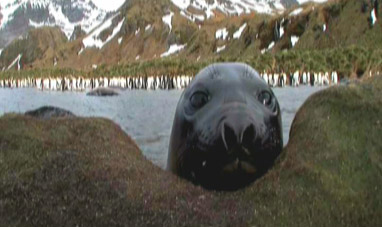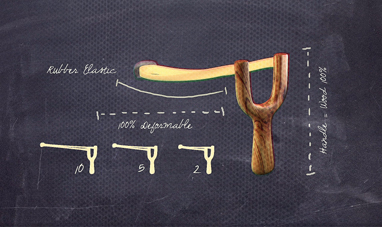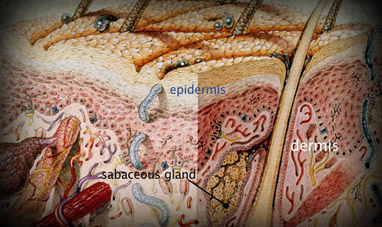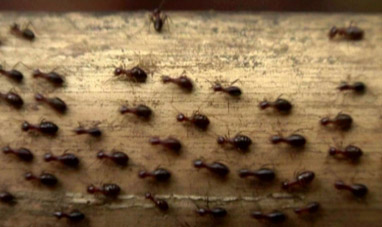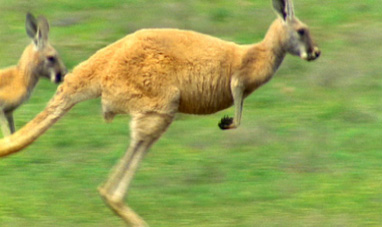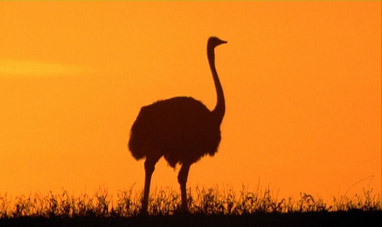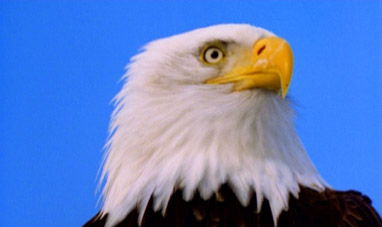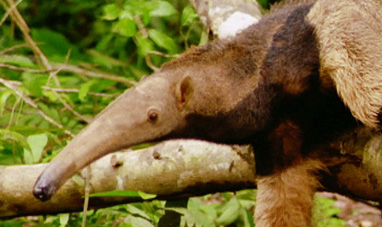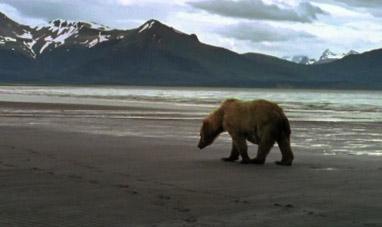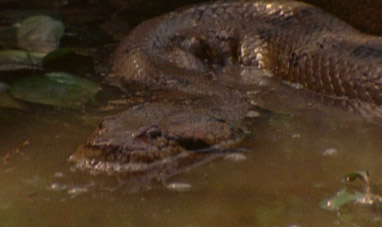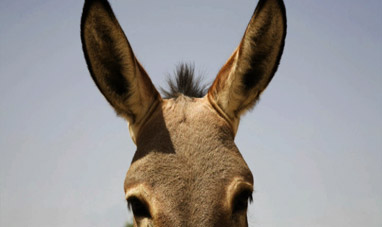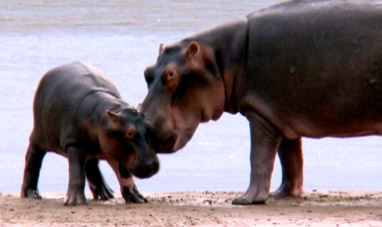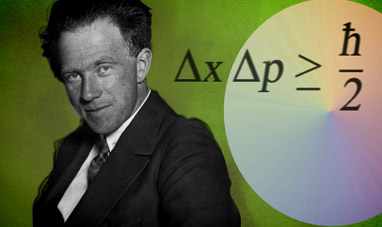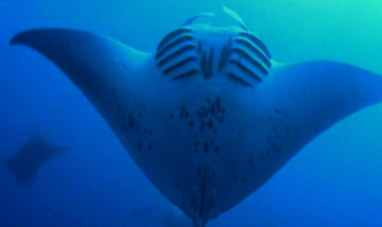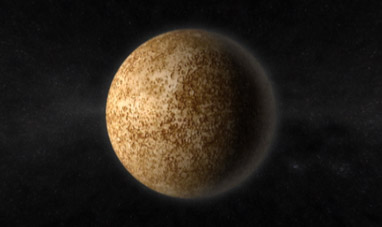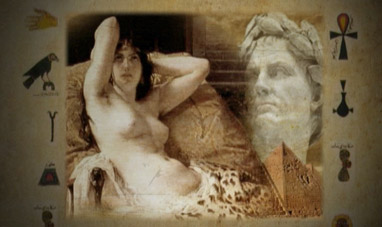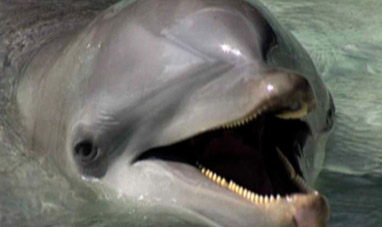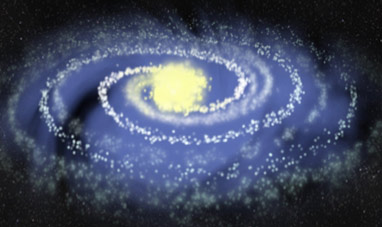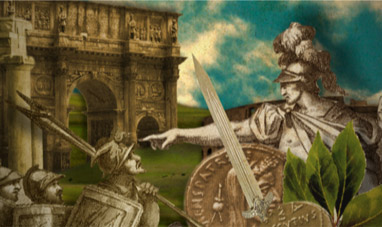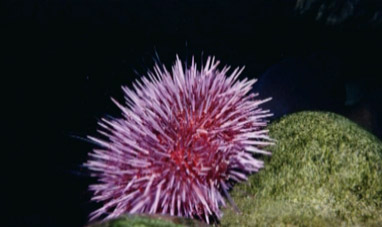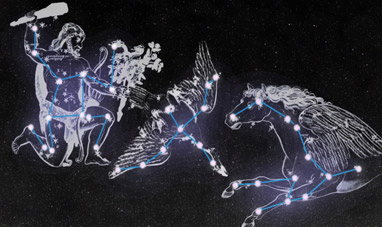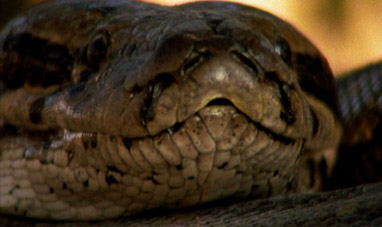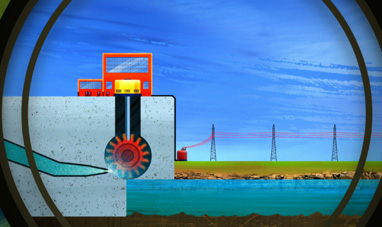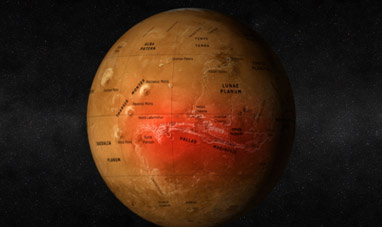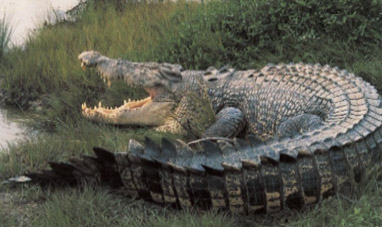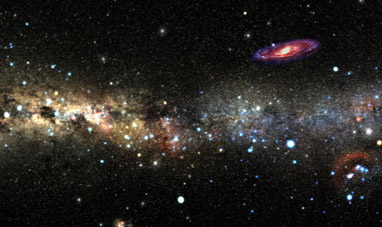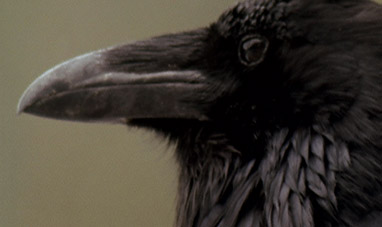The cobra is the largest venomous snake known to man. Its length is on average 3.5 meters, but some specimens have exceeded 5 meters. Cobras are mainly found in Africa , India and the Malay Archipelago , but also in New Guinea and Australia.
The most common species are the King Cobra , the Cobra Naja Naja or “spectacled cobra”, the common Cobra or “Asp of Cleopatra”, and the Black-necked Cobra. A cobra’s lifespan is about 20 years, and it is an expert swimmer. It can be found near lakes and rivers or close to waterways. Depending on the species , a cobra is typically either diurnal or nocturnal. Cobras have excellent eyesight thanks to large round pupils. Its tongue is long and forked , and is an excellent tool for gathering information about the surrounding environment. For example, it can measure the degree of humidity in the air thus allowing the cobra to locate areas near water. When it feels threatened the cobra hisses loudly and lifts the front of its body, sometimes as much a meter off the ground. To appear more threatening it will expand its ribs, which are positioned close to the head.
The cobra feeds on warm-blooded mammals , especially other snakes, but also small rodents, eggs and even fish. Given its large size a cobra can devour a python as large as 3 meters long. In fact, its venom is powerful enough to kill pythons before actually consuming them. They devour pythons head first, so the prey’s scales will not hurt the cobra’s digestive system as its being ingested. Its victims suffocate and die because the poison paralyzes the muscles that control its breathing. One particular species of Cobra is called the “black-necked spitting cobra” because it doesn’t bite to defend itself, but rather it sprays its venom onto the enemy. Orifices located near the front surface of its teeth release this venom under pressure. This cobra is able to hit its opponent square in the eye even at a distance greater than 2 meters. The cobra’s reproductive cycle falls between January and April . During this time the parents are united to aggressively protect the mother’s eggs and offspring from potential predators such as birds and small carnivores. Female cobras are unique among all snakes in that they build a nest made of leaves and branches in which to lay 10 to 40 eggs per gestation period. The dead leaves decompose , ferment and produce the necessary heat for the incubation and development of the eggs. When the offspring hatch they are immediately able to provide for themselves.
In Ancient Egypt the cobra was adopted by the Pharaohs as a symbol of power, royalty and protection from enemies. The head of a female cobra , the Uraeus , was affixed to their crowns and on top of staffs. Buddhist mythology speaks of a massive cobra called a Mucalinda . According to the legend , while the Buddha was deep in meditation, the Mucalinda covered him with its hood to protect him from a storm. In this scenario, the cobra becomes a symbol of detachment from the chaos of the material world .
The most common species are the King Cobra , the Cobra Naja Naja or “spectacled cobra”, the common Cobra or “Asp of Cleopatra”, and the Black-necked Cobra. A cobra’s lifespan is about 20 years, and it is an expert swimmer. It can be found near lakes and rivers or close to waterways. Depending on the species , a cobra is typically either diurnal or nocturnal. Cobras have excellent eyesight thanks to large round pupils. Its tongue is long and forked , and is an excellent tool for gathering information about the surrounding environment. For example, it can measure the degree of humidity in the air thus allowing the cobra to locate areas near water. When it feels threatened the cobra hisses loudly and lifts the front of its body, sometimes as much a meter off the ground. To appear more threatening it will expand its ribs, which are positioned close to the head.
The cobra feeds on warm-blooded mammals , especially other snakes, but also small rodents, eggs and even fish. Given its large size a cobra can devour a python as large as 3 meters long. In fact, its venom is powerful enough to kill pythons before actually consuming them. They devour pythons head first, so the prey’s scales will not hurt the cobra’s digestive system as its being ingested. Its victims suffocate and die because the poison paralyzes the muscles that control its breathing. One particular species of Cobra is called the “black-necked spitting cobra” because it doesn’t bite to defend itself, but rather it sprays its venom onto the enemy. Orifices located near the front surface of its teeth release this venom under pressure. This cobra is able to hit its opponent square in the eye even at a distance greater than 2 meters. The cobra’s reproductive cycle falls between January and April . During this time the parents are united to aggressively protect the mother’s eggs and offspring from potential predators such as birds and small carnivores. Female cobras are unique among all snakes in that they build a nest made of leaves and branches in which to lay 10 to 40 eggs per gestation period. The dead leaves decompose , ferment and produce the necessary heat for the incubation and development of the eggs. When the offspring hatch they are immediately able to provide for themselves.
In Ancient Egypt the cobra was adopted by the Pharaohs as a symbol of power, royalty and protection from enemies. The head of a female cobra , the Uraeus , was affixed to their crowns and on top of staffs. Buddhist mythology speaks of a massive cobra called a Mucalinda . According to the legend , while the Buddha was deep in meditation, the Mucalinda covered him with its hood to protect him from a storm. In this scenario, the cobra becomes a symbol of detachment from the chaos of the material world .



